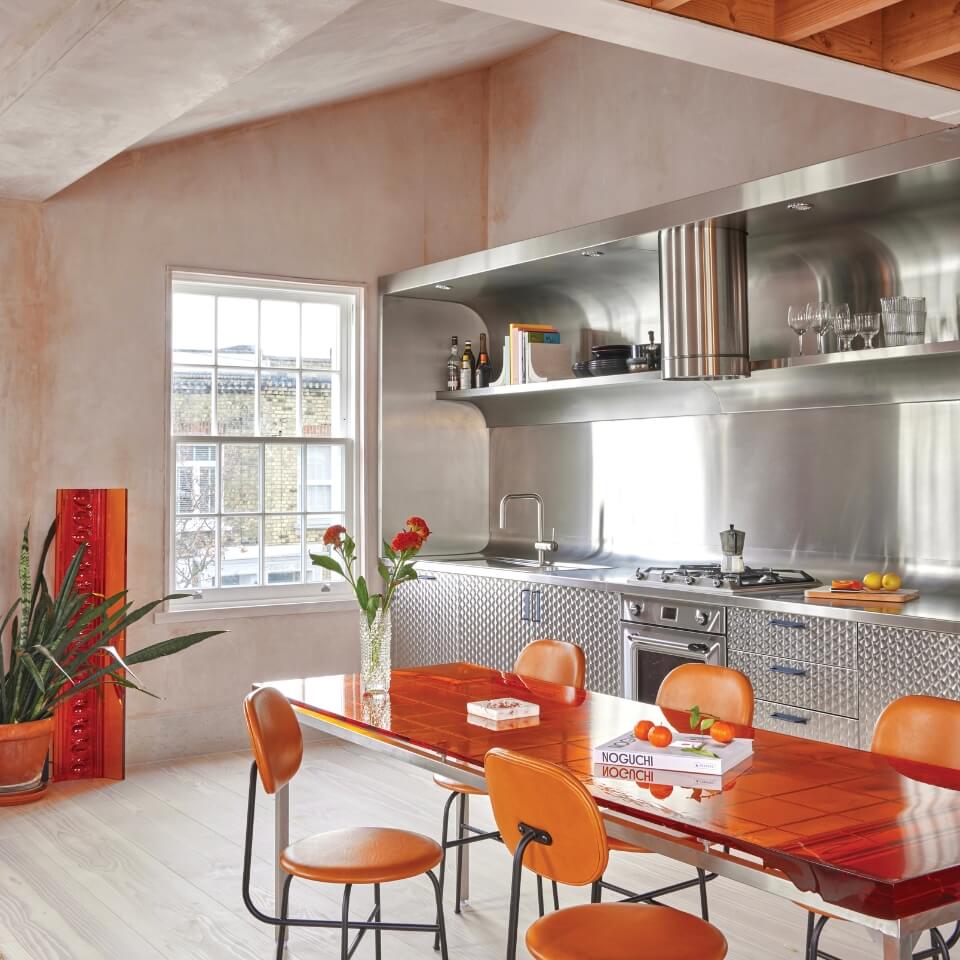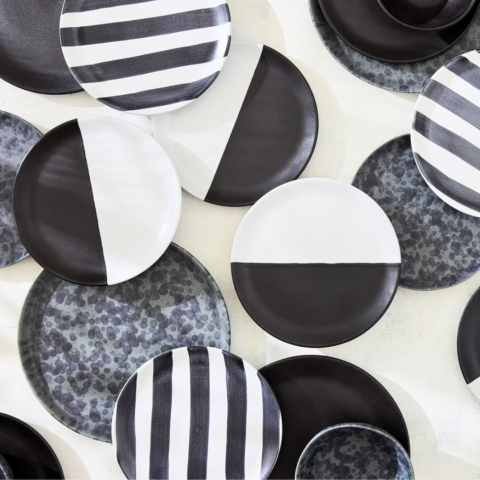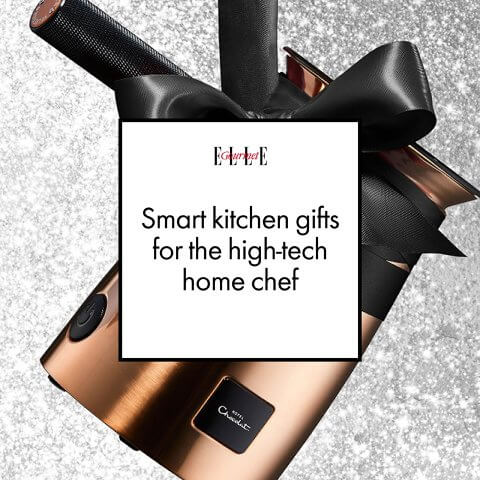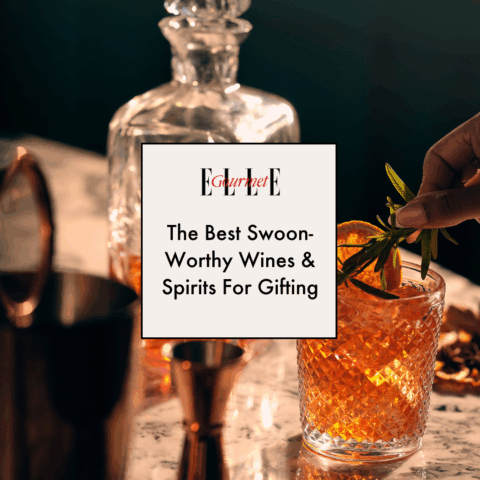“I thought it would have been quite fraudulent of me not to go for it with my own place,” says Alex Holloway, one half of the British interior-design duo Holloway Li. Since setting up their business together in 2015, he and Na Li have been encouraging homeowners and hotel brands to push the envelope, so when he found his dream apartment just before the first pandemic lockdown in the U.K., he knew it wasn’t the time to be timid.
Holloway found it strange moving from the bustle of a shared house into what was a cold, rundown flat at the top of a converted Victorian end-of-terrace house in North London, but the lack of social engagements and slowdown of work projects (“Na was on maternity leave, so while she was having an actual baby, I was working on my baby”) gave the designer the chance to take the renovation slowly, adjusting the plan as he went. It was when he wandered into the second bedroom one day and saw the amazing light from its window that he made the biggest decision of all: to knock down all the internal walls.

This gave Holloway the freedom to make a series of bold design choices (there is, for example, a tub in the main living room) throughout the home, which he views as an “I told you so space” – a way to showcase past ideas that were rejected by clients. This is certainly true of the standout kitchen. Made from circle-brushed stainless steel, the cabinets and worktop were inspired by the look of fast-food outlets as well as Holloway’s nostalgic memories of the original Big Brother house. “The iconography of those early series was really futuristic,” he says. “The 1990s were very forward-looking – a decade of optimism. I think that’s the way interiors are going again now.”

Other design decades are represented too. There is a 1960s and ’70s vibe, thanks to retro furniture sourced by Holloway’s girlfriend, Elle Parmar Jenkins (the founder of online vintage marketplace Goods In), and the many orange Perspex Holloway Li originals. The latter include a bespoke dining table that was created using offcuts from shower screens produced for the London showroom of the bathroom brand Coalbrook. (The “Afteroom” chairs are by Afteroom for Menu.)

Holloway’s advice to himself on this project was exactly what he would say to a client: Forget about added value and do what makes you happy. “For me, that happened to be a massive bathtub and a cool kitchen that reminded me of hanging around in chip shops when I was younger,” he says. “You are allowed to have autobiographical flourishes in your home.”


















